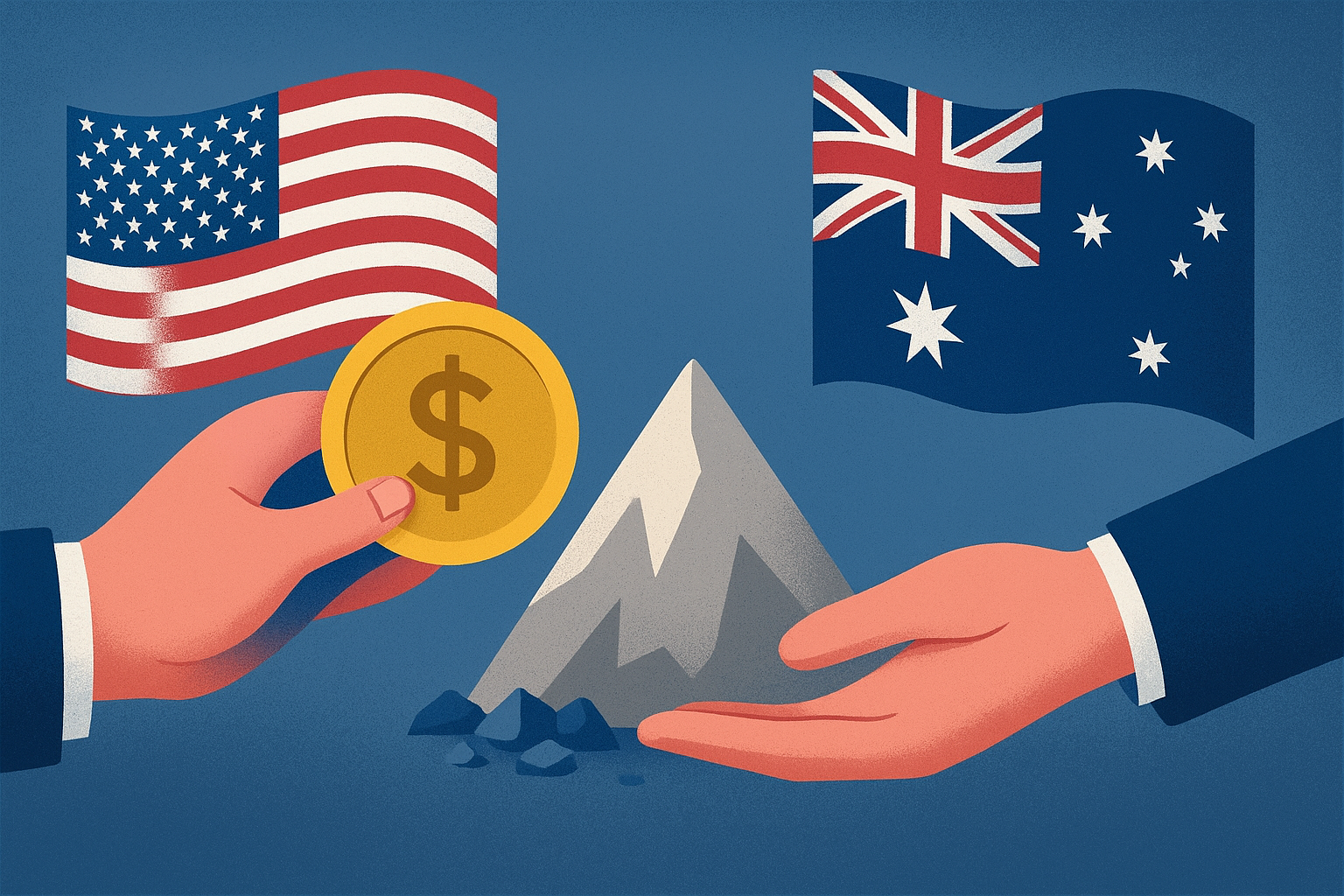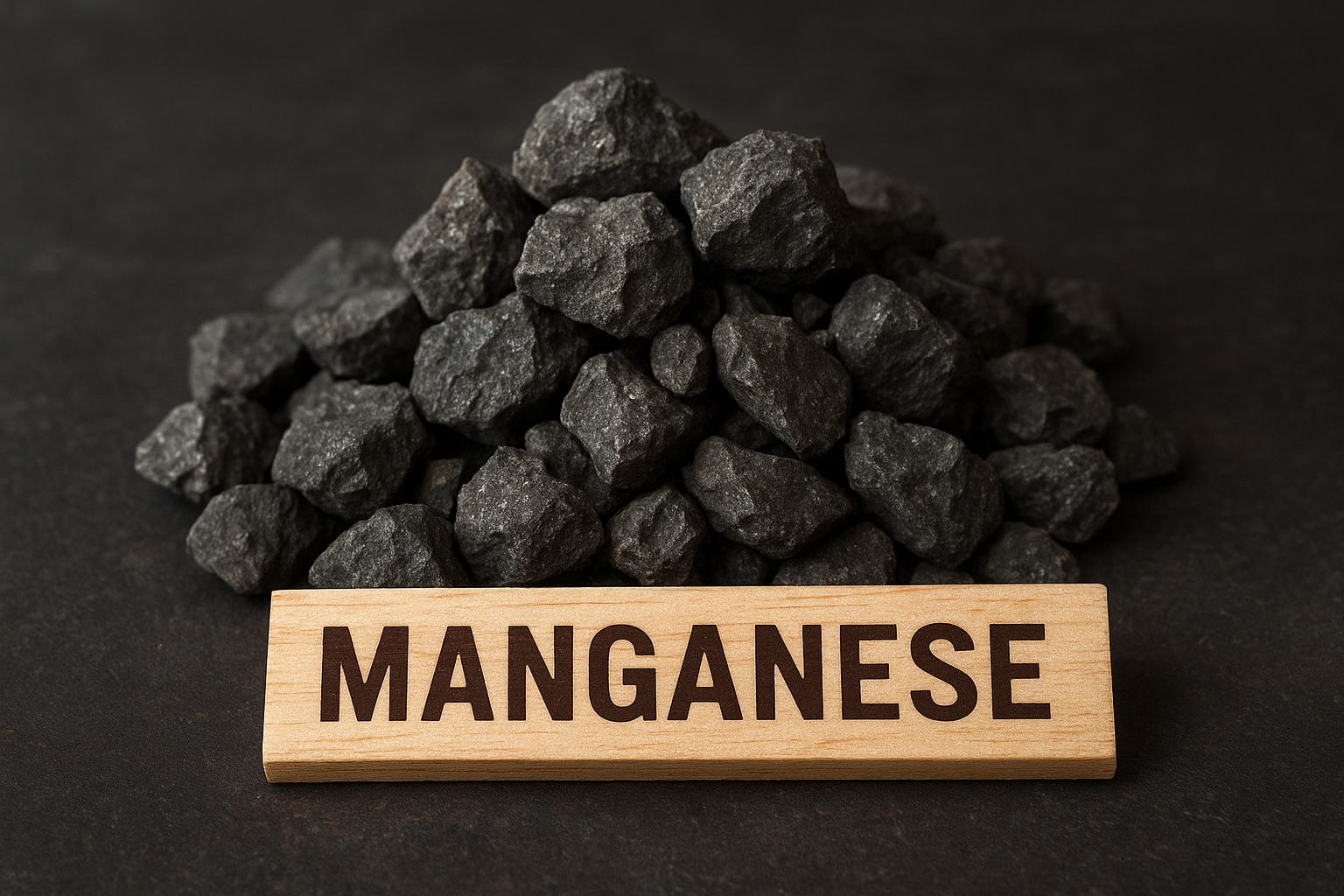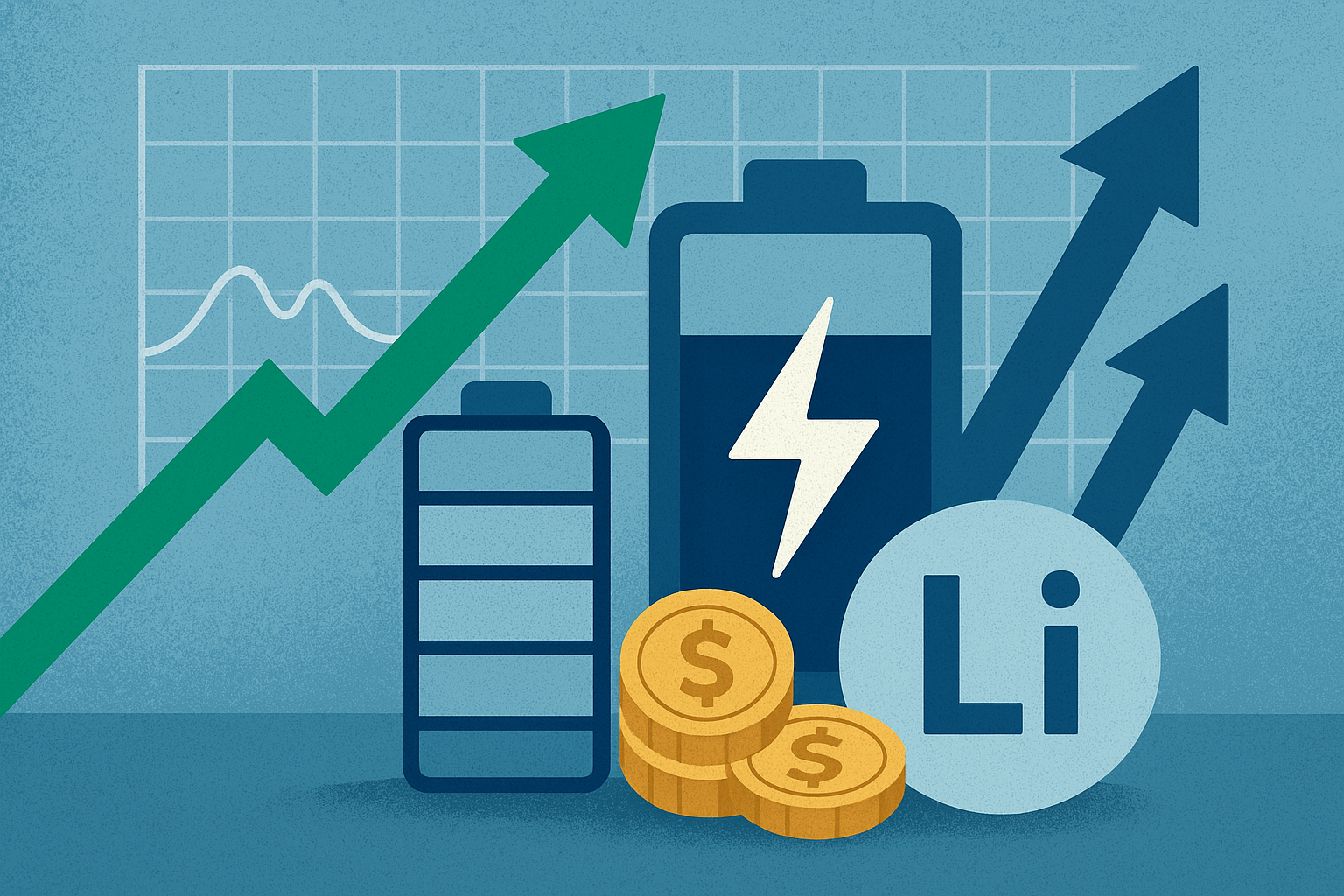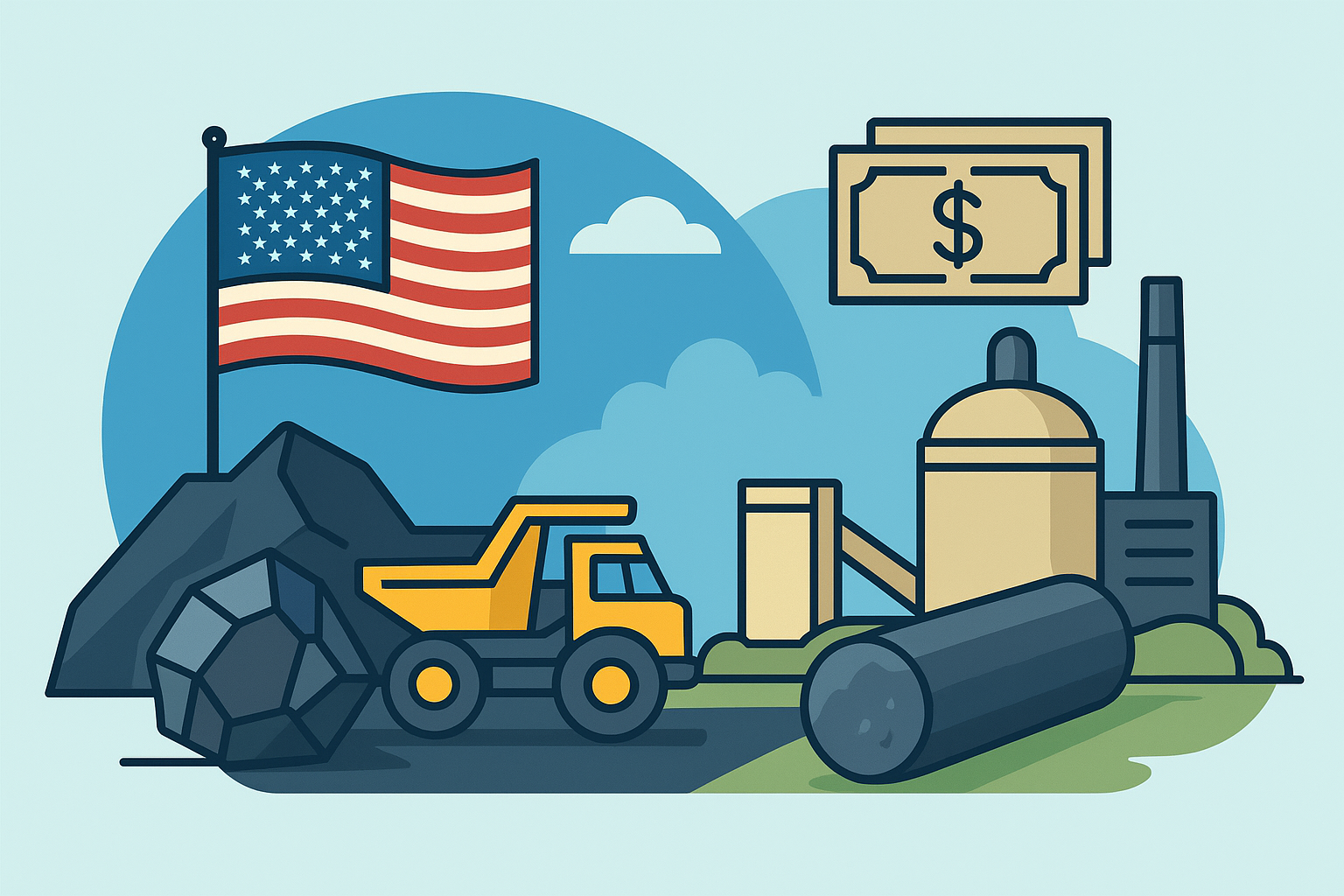In a move that could reshape the global cobalt landscape, the Democratic Republic of Congo (DRC)—which accounts for roughly 70% of the world’s cobalt supply—has announced that export quotas on the strategic metal will become permanent. The decision, confirmed by President Félix Tshisekedi and reported by Reuters, introduces a new era of state oversight that aims to stabilize domestic markets but could tighten global supply for one of the most critical battery metals powering the energy transition.
The DRC government stated that companies violating export limits will face permanent bans, signaling an uncompromising stance toward unregulated shipments and market distortions. The policy replaces previous short-term bans and introduces a state-managed buffer stock mechanism designed to absorb surplus production during periods of oversupply.
A New Era of Supply Discipline in Cobalt Markets
Cobalt has long been a cornerstone of the global electric vehicle (EV) and battery storage industries, serving as a key stabilizing component in lithium-ion batteries. However, the market has faced turbulence in recent years—marked by fluctuating prices, rapid supply expansions, and growing ethical scrutiny over artisanal mining in the DRC.
According to BloombergNEF, cobalt prices have fallen more than 40% since their 2022 highs, largely due to increased production and weaker-than-expected EV demand growth in China. The DRC’s decision to formalize quotas aims to counter this volatility by curbing exports and ensuring local processing gains greater value capture for the Congolese economy.
Analysts from Wood Mackenzie suggest that the move could have a significant near-term impact on the market’s supply-demand balance. “Permanent export quotas will effectively constrain the global flow of cobalt, potentially pushing prices back toward the $40,000 per tonne level if demand continues to strengthen in the EV sector,” the firm noted in a recent commodities outlook.
Why This Matters for Investors
For investors in the battery metals and energy transition sectors, this development is far from a regional policy shift—it’s a potential inflection point.
The DRC’s new rules create a structural tightening in a market already vulnerable to supply shocks. With major producers such as Glencore plc (LSE: GLEN) and China Molybdenum Co. (HKG: 3993) operating some of the world’s largest cobalt mines in the DRC, export restrictions could ripple across global value chains, from EV battery manufacturers to electronics companies.
Moreover, the policy shift underscores the growing resource nationalism trend sweeping across mineral-rich nations. Similar measures have been seen in Indonesia, where nickel export bans drove a global realignment in the EV metals supply chain. The DRC appears poised to follow a similar path—prioritizing domestic beneficiation, local processing facilities, and national revenue retention over raw material exports.
From an investor standpoint, this may result in:
- Short-term price spikes as markets digest the supply constraint.
- Greater supply chain diversification efforts by Western automakers seeking non-DRC sources of cobalt.
- Heightened geopolitical risk premiums tied to African mining operations.
Future Trends to Watch
1. Policy Enforcement and Compliance:
How effectively the DRC enforces its quotas will determine the scale of global impact. The government’s credibility in applying permanent bans—and its ability to curb smuggling and informal exports—will be closely watched by traders and regulators alike.
2. Strategic Stockpiling and EV Demand:
With the global EV market expected to grow by 28% annually through 2030 (according to IEA forecasts), cobalt demand remains robust despite substitution trends toward nickel-rich or cobalt-free chemistries. Nations like China and South Korea may begin to stockpile cobalt to mitigate potential shortages.
3. Investment Shifts Toward Recycling:
Cobalt recycling technologies and secondary supply sources could gain momentum. Companies such as Umicore, Li-Cycle ($LICY), and Redwood Materials may see increased investor interest as recycling becomes a hedge against geopolitical supply constraints.
Key Investment Insight
For investors, the DRC’s policy marks a turning point for cobalt as a strategic asset. The tightening of export controls is likely to push prices higher in the medium term, benefiting producers with diversified geographic exposure and integrated battery supply chains. However, it also raises country-specific risks, including political instability, taxation changes, and logistical challenges.
Portfolio strategies focusing on diversified critical minerals exposure—including lithium, nickel, and graphite—could help balance this volatility. Meanwhile, downstream EV and battery manufacturers may face margin compression if input costs rise sharply.
Stay Ahead with Exploration Stocks
As the world’s energy transition accelerates, the battle for control over critical minerals like cobalt is intensifying. Investors must stay informed on regulatory developments, supply chain realignments, and pricing dynamics that shape this evolving landscape.
Stay tuned to explorationstocks.com for the latest data-driven insights, market analysis, and investor intelligence across the global commodities and energy metals sectors.






